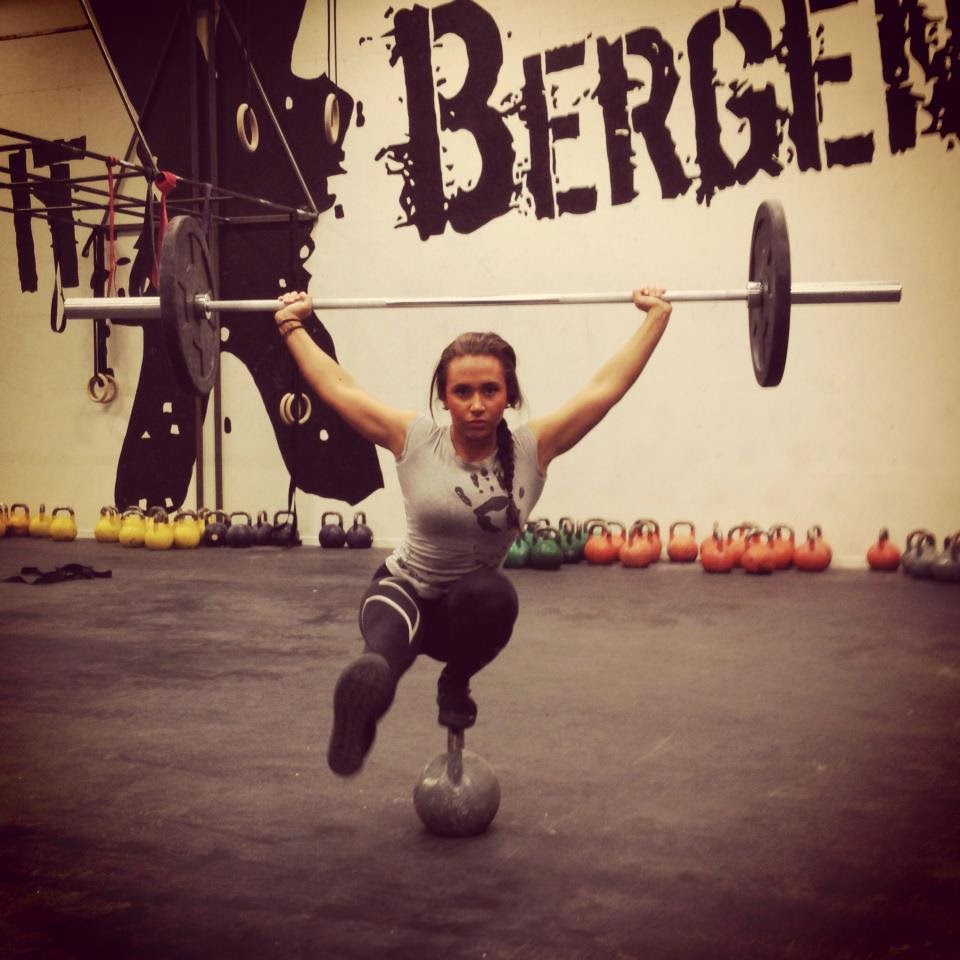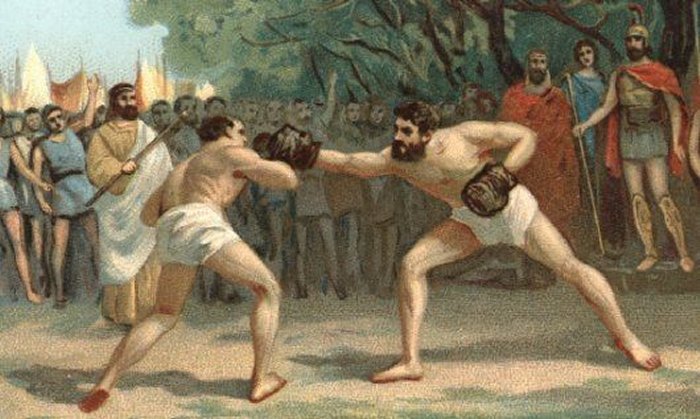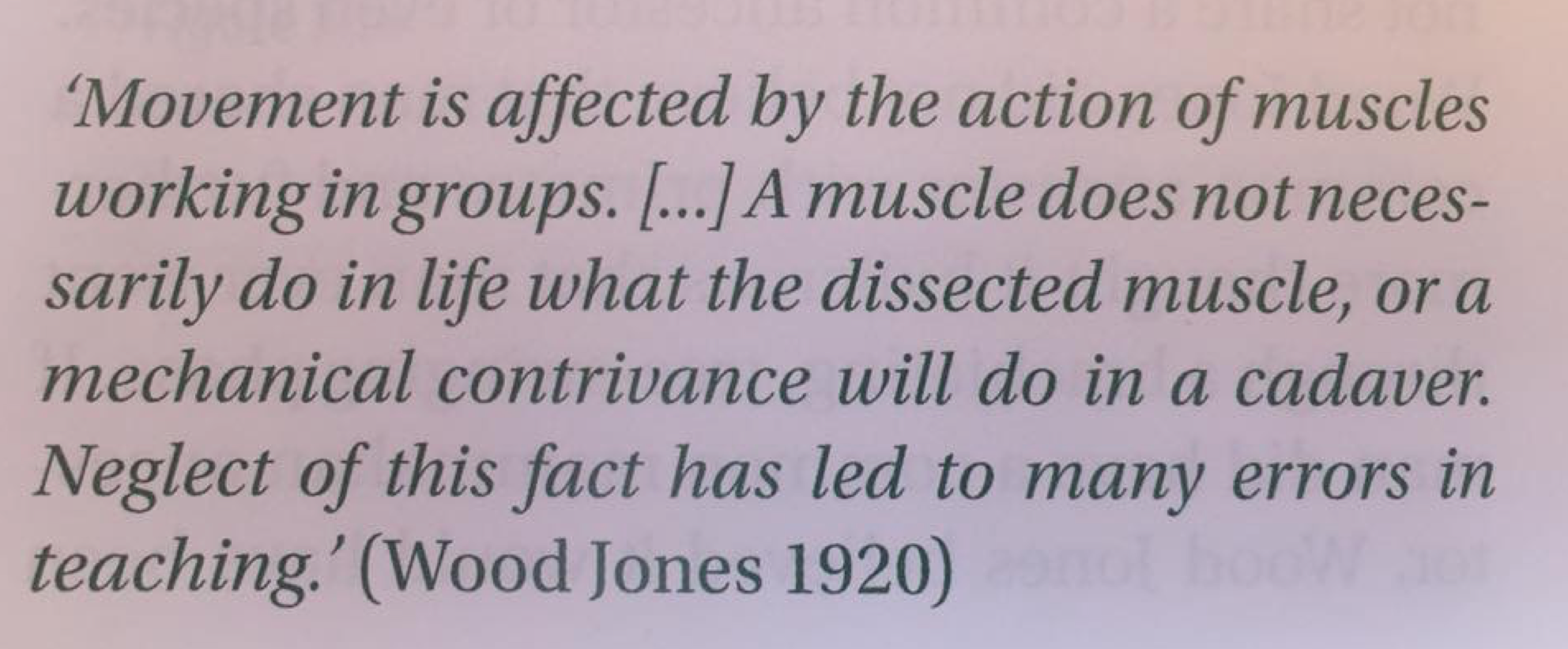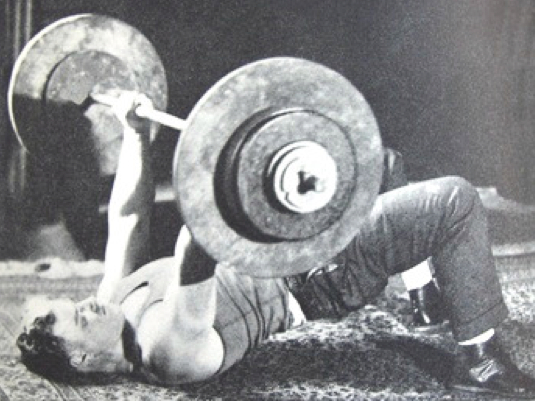Is The Bench Press Really Functional?
2019-07-14
As I write this post, I am still on kind of a teaching high. This past week was the first time I got to present at the National Strength & Conditioning Association National Conference. Whew, that is a long title right?! The NSCA is one of the biggest governing bodies in our industry and having been certified by them for almost 20 years, it was really cool to be asked to present. At the same time, I was pretty nervous and somewhat hesitant. Why?

Well, it starts with the simple idea that being called a “functional training” person has some negative connotations to the term. I get it, functional training has really been hijacked by marketing, misunderstanding, and the like to end up really confusing our industry on what functional training actually means. So much so that not only is functional training getting made fun of by many, it is starting to fall into the category of “guess that didn’t work.”

This isn’t functional training. We have to stop defining functional training by an exercise or a tool, it is understanding principles first and foremost of how the body functions.
It genuinely makes me sad because so many people could benefit in a myriad of ways if they understood what functional training actually means! Simply, functional training is designed to help your body function better. No, not replicate what you do in life, but build how your body is designed to create movement. The difficult part is how do you improve something you don’t know how it works?
For the sake of our discussion I am going to use the bench press as an example. The “functional” side will say that the bench press isn’t functional because you are lying on your back. That is kinda true, but not the whole story. Then you have the powerlifting group that just says functional training people are weak and they write them off.
So, who is right? In order to answer that question we have to go back to what is the intent of the bench press. You might think that is a silly question because obviously it is to get a bigger chest. Well, if you have that attitude my guess is you also have achy shoulders and other issues that cause you to love but dread benching because your body hurts every time you perform the exercise. What if I said that really wasn’t the point of the bench press?
How could that be? What else is there? If we think about fitness being something that started in ancient Greece (which is what everyone says so let’s go with that since they did start the first Olympics), would they be so thoughtful about muscles, or would they have other concerns. Those first Olympics involved a race, long jump, discus and javelin throws, as well as wrestling. A bit later chariot races and a form of boxing was introduced. The games were in honor of Zeus as the Greeks thought of physical fitness as an overall well being of the body.

How in the world does ANY of this have to do with the bench press?!!! Well, if we think about the role of fitness in society, it was about building the whole. The cosmetics were much more based around gymnastics, wrestling, and these full body actions. Whether they had the science or not, they knew the entire body was connected and these types of actions trained the body from head to toe.

We’ve known the body has been a whole, not a bunch a parts for at least 100 years. What happened?!
That meant even strength training in the upper body tended to focus on pushing and pulling movements in a variety of ways. What about the bench press though? The bench press can be traced back to starting around 1899 when famous strongman, George Hackenshmidt would perform floor presses (pressing from the floor instead of a bench) mostly because there were no benches invented yet for lifts as the dominant upper body lift was what you could put overhead (which ironically takes the full body to perform).
As the floor press caught popularity, strongmen discovered that if they did so with a powerful hip bridge they could lift more weight (hmmm, they understood pressing from the ground up made them stronger, something to keep in mind!). It wasn’t until the 1950’s that bench pressing as we know it today started to take shape. Can you believe it, bench pressing is really only about 70 years old! Fun history lesson, but what’s my point?

For one, most people think pressing hurts their shoulders. They are often right, the way THEY press does and the exercises they choose is part of the problem as well as the technique. Pressing of any form is about using the whole body, not just the pecs, shoulders, or triceps. Here is what concerns EVERYONE when I say this, but will I train those muscles and look better what you are doing Josh?
My short answer is YES! As I was just interviewed for an upcoming article in Men’s Health, we spoke about the challenge that people think this style of training won’t make them more muscular, which is just silly. Every look at the physique of a male gymnast? I don’t think they could tell you the last time they ever bench pressed!
The key to pressing without pain, to be strong, and to yes, look better is to learn to use the entire body. How do we do so? We go back to learning how to use our hands and feet better. As renowned physical therapist, Gray Cook says, “If the feet are sloppy and the grip is off, not only will the person not activate the right muscles, but he or she is not even up taking the right sensory information. Let me say that again. If there are any mobility or stability compromises between the foot and the brain, it’s like standing on two garden hoses wondering where all the water is. The information pathway is broken two ways… up and down.”
One of the reasons that push-ups seem so much more favorable to people is because we can integrate the entire body.
DVRT Master, Cory Cripe and I break down how you want to engage the body in proper pressing and when you see the difference, you start to realize we can’t train the bench press in the same manner. I know, I know, powerlifters say “break the bar” and they drive through their feet. However, what happens is they also create an arch which is great for benching, but has little carry over to other activities.
https://www.instagram.com/tv/Bzp6fI0Hqc-/
A big reason that overhead lifting is so emphasized in our DVRT program is because we learn how important it is to integrate everything from head to toe.
As one of the father’s of functional training, physical therapist Gary Gray puts it, “The muscle strength built during the bench press must be “functionalized” with other exercises. During upright function, the ability to push forward is dependent upon the abdominals to provide a mobile and stable pelvis and trunk. If a force tries to push the head, arms and trunk backward, the abdominals must provide enough torque to allow the strength built during the bench press to be effective.
However, during the bench press, the bench supplies much of this required resistance preventing the trunk from being pushed backward by the barbell. The abdominals don’t have to work to the degree they would in upright function during the clash of offensive and defensive players. The same scenario can be described for the hip flexors and other lower extremity muscles.”
https://www.instagram.com/p/Bys-bXmnbq4/
Using these concepts we can build up to exercises that challenge the entire body in more complex ways while STILL building muscle that makes us perform better.
What we have been showing throughout this blog is how you can still hit your “chest” but build many more qualities of fitness that not only help you look your best, but perform and feel your best. Wouldn’t it be cool if functional training could be thought of as a system of all around fitness that helps all fitness goals?
These are the types of concepts that we cover in our extensive L.I.F.T. certification. Check out our L.I.F.T. modules building the most comprehensive functional training system ever for 30% off for a limited time with coupon code “summersale” HERE
https://www.instagram.com/tv/BzLGK48nxdY/
© 2025 Ultimate Sandbag Training. Site by Jennifer Web Design.







